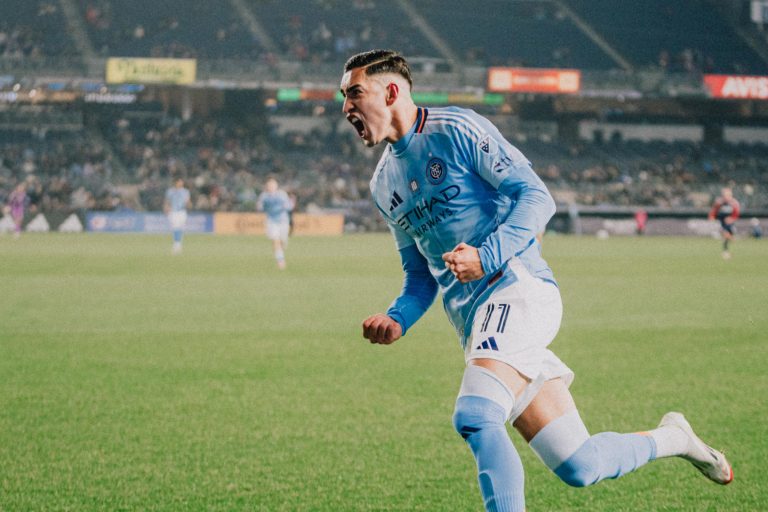In 2008, David Beckham played his first game in MLS, opening American eyes to the possibilities of the sport as a cultural and economic phenomenon—a Hollywood celebrity in the form of an athlete.
Fast-forward a few years, and global superstar signings are now the norm in MLS. As league expansion accelerates, salaries multiply and money becomes a much more significant influence every season.
For teams that can afford it, throwing money at big-name players acts as a strategy for marketing the franchise and performing on the pitch. For teams that cannot afford such a costly game plan, they invest in homegrown talent and player development.
The question then becomes: which strategy is more effective? Let’s take a look at the 2015 season for some answers.
The 2015 Supporters’ Shield, debatably the most compelling argument for overall team success in a season, came down to two teams: FC Dallas and New York Red Bulls. The two teams ended tied with points, but New York won the tiebreaker and earned itself the coveted award. Of the 20 MLS teams, the Red Bulls spent the least amount of money ($3.4 million), yet earned the most points in the regular season. Even more interestingly, the team that spent the second-least amount of money ($3.6 million) was FC Dallas. These teams find themselves spending around $17 million less than the top-spending team, Toronto FC ($20.4 million).
Last year, the Red Bulls used the big-name strategy with stars like Timmy Cahill and Thierry Henry, and were third in the league in terms of spending. In terms of success, they finished in eighth place, overall.
However, while last year’s Red Bulls failed to make the most of their big budget strategy, the Seattle Sounders and Los Angeles Galaxy had tremendous success. The Sounders won the Supporters’ Shield followed by the Galaxy, eventual MLS Cup winners that year. Both teams were among the top five spenders in the 2014 season.
While an argument can be made for both big-spending and small-spending, the 2015 MLS Playoffs is a persuasive ambassador for the latter. For each result in the playoffs (the final aggregate score being one result), the smaller spender emerged victorious seven out of 10 times. The only team to defeat a smaller-spending team before the conference finals was Columbus Crew, defeating a newly-Drogba-infused Impact.
On an individual level, only three of the 2015 MLS Best XI are designated players.
Sunday’s MLS Cup final features the Portland Timbers visiting the Columbus Crew at Mapfre Stadium. Based on the economic patterns of the 2015 season, the future MLS Cup winner, spending $565,778.12 less than its opponent is: Columbus Crew SC.
*All statistics were taken from the MLS Players Union press releases






